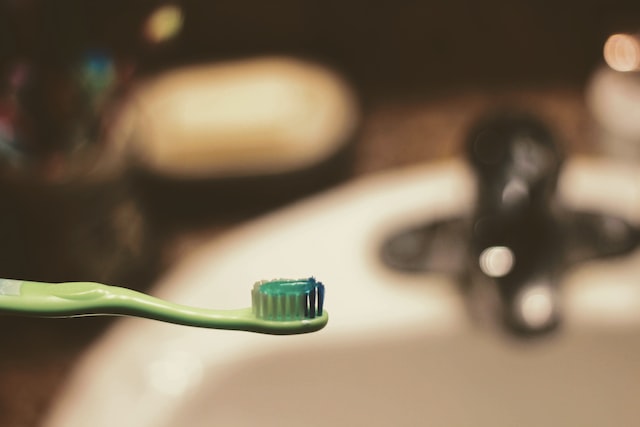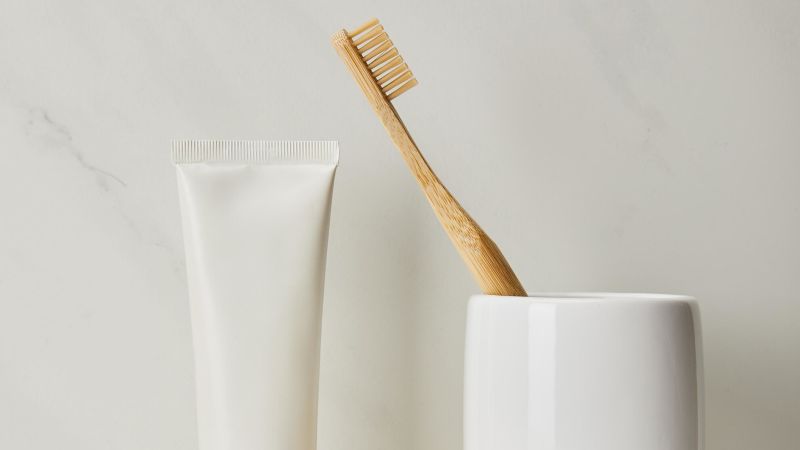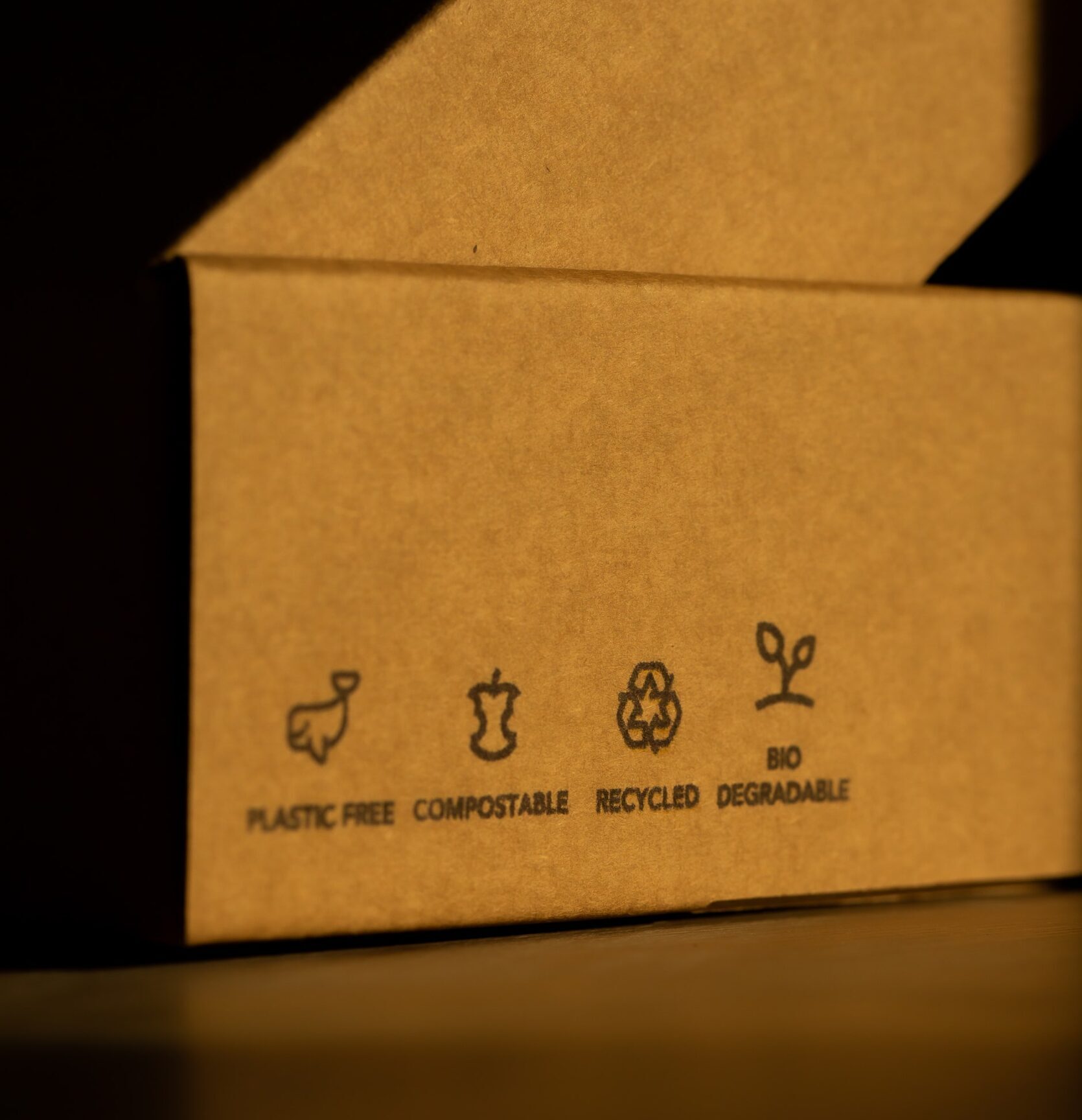What’s new?
On 20 February 2025, the French National Assembly approved Law No. 2025-188, promulgated on 27 February, banning the production, import, and sale of consumer products containing intentionally added PFAS. The legislation, proposed by the Greens and supported by over 140,000 French citizens, represents the strictest PFAS action in EU territory.
PFAS (“forever chemicals”) are persistent synthetic substances used in cosmetics for their water-repelling properties and durability. France becomes the second EU country, after Denmark, to implement national bans ahead of EU-wide regulation expected by 2030.
PFAS will be banned in cosmetic products marketed in France from 1 January 2026.
What now?
Most impacted cosmetics include waterproof mascaras and eyeliners; long-lasting foundations and concealers; lipsticks and lip glosses; powders and primers.
Decrees are awaited to define the threshold of traces of PFAS allowed in finished products as well as to clarify whether a sell trough period will be granted or not for products placed on the market before Jan 1st 2026.








